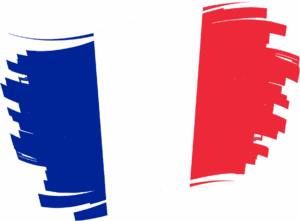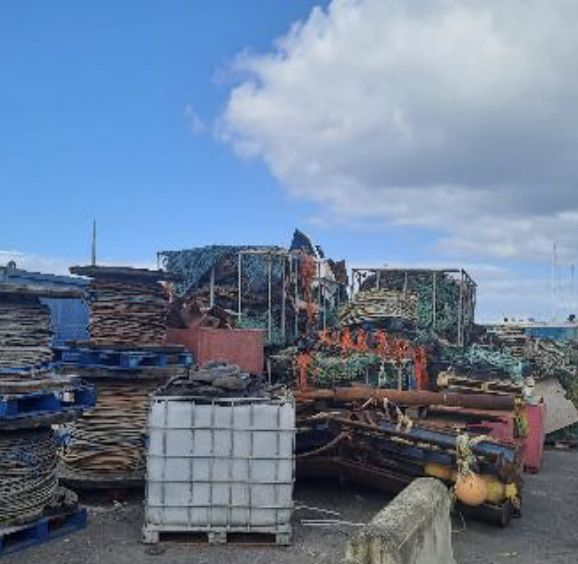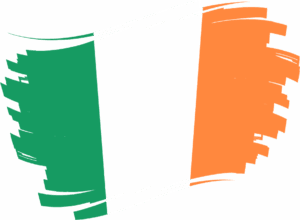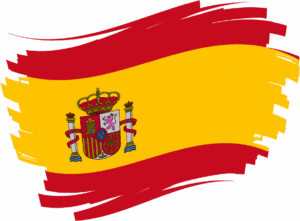
Fishing port of Port-en-Bessin
Fishing port
A fish market (1st auction in Normandy and 6th in France) Fleet of 61 vessels (mainly trawlers)

Fishing, seafood processing and sales.
Marine leisure cruises, sailing club, tourism.
Fishing practice: There are currently 5 pelagic trawlers, 36 demersal trawlers and 12 crabbers.
Landings: Prawn, Crab and white fish
![]()
A teleporter is used by harbour staff to
remove waste from the pier to a new PRF.
• They receive very little waste fishing gear, mostly legacy gear stored on pier (not in waste area)
• They have sent 2 skips since 2023 to Green Marine, Cork for recycling.
• FfL has historically gone into landfill
• Metal and buoys are separated from the FfL waste.
• The harbour master is responsible for the management of waste.
• Fishing Vessels are given a supply of coloured plastic bags for waste by the harbour master as required. The ship generated wastes are stored on the pier, at the nominated sites. These containers may be accessed around the clock.
• Waste is collected by harbour staff and then segregated into skips in PRF area.(see fig.1) for various waste flows, IWC, metal, recycling, oils, general, WEEE. centre.
• EOL: At the time of visit there is a recycling programme with a company called Green Marine in Castletownbere. Unsure what nets are recycled.
• There is no EOL pre-treatment equipment or processes in the harbour.
• EOL Separation – some components such as metal/buoys are taken out.
• Cost recovery system: As per the Rates & Charges (S.I. No 214 of 2012), there is a monthly charge on all vessels.
![]()
It is a named Fishing for Litter port, however, they are not currently operating the programme.
There is a lot of expensive retired nets sitting in an area on the port. These nets are not in use due to regulations. (see fig.2)
![]()
• This is a well funded and staffed port in comparison to others visited.
• As a result, there a very few constraints, outside external constraints such as a suitable value chain for gear and assistance implementing FfL.
• Harbour Staff have full control over waste management.
• Large enclosed Waste Compound currently being built to segregate more waste.
• Bin system on port managed regularly by staff.
• Smartphone – Whatsapp group to communicate with fishermen

Fishing port
A fish market (1st auction in Normandy and 6th in France) Fleet of 61 vessels (mainly trawlers)

A busy fishing harbour, home to a sailing club food shop/ smoke house, seafood shop, adventure facility, sailing club, coast guard, tour operators, boat yard, RNLI Lifeboat, net mending facility and a BIM ice plant.
Fishing practice: 12 regular boats under 24m,
Mostly bottom trawls, 1 x beamer trawl, 2 x pure seines Landings: White fish – Hake, Haddock, Whiting

A busy port that is home to several state organisations and fishing businesses. Including a seafood processing plant, an ice plant, fisherman’s co-op, and shipping agents. Cruise liners and island ferries also dock here.
30 x >20m fishing vessels are based at the port, the majority are whitefish trawlers.

This is small fishing pier with 19 regular boats from 6m to 28m, including 1 x Demersal trawler (Prawns), 2 x Pelagic vessels and Inshore fishing boats.
There is also a RNLI station and a Rowing Club attached to the pier.

Fishing port and marina
Presence of a fish market, online sales only Flotilla of 30 vessels (gillnetter and trollers)

Fishing activity and fish market.
Fishing practice: fleet of 237 vessels and ships (mostly small-scale fishing vessels)

General cargo, bulk solids, ship service, fishing activity (fresh and frozen), fish market.
Fishing practice: fleet of 359 vessels and ships (mostly artisanal vessels)
Landings: Black monkfish, White monkfish, Blue shark, Swordfish, Northern megrim, Atlantic pomfret, European hake, Korean flounder, Common squid, Horse mackerel…

Commercial, nautical-sport, tourism, fishing, and shipyard activities, fish market.
Fishing practice: for WIF, three trawlers from the Mares Circulares project (with lengths ranging from 28 to 36 meters) are collaborating
Landings: Atlantic mackerel, European anchovy, and Atlantic bonito

Fishing port, commercial port and marina. Presence of a fish market Flotilla of 55 fishing vessels :
mainly dredgers & caseyeur (pot vessels)